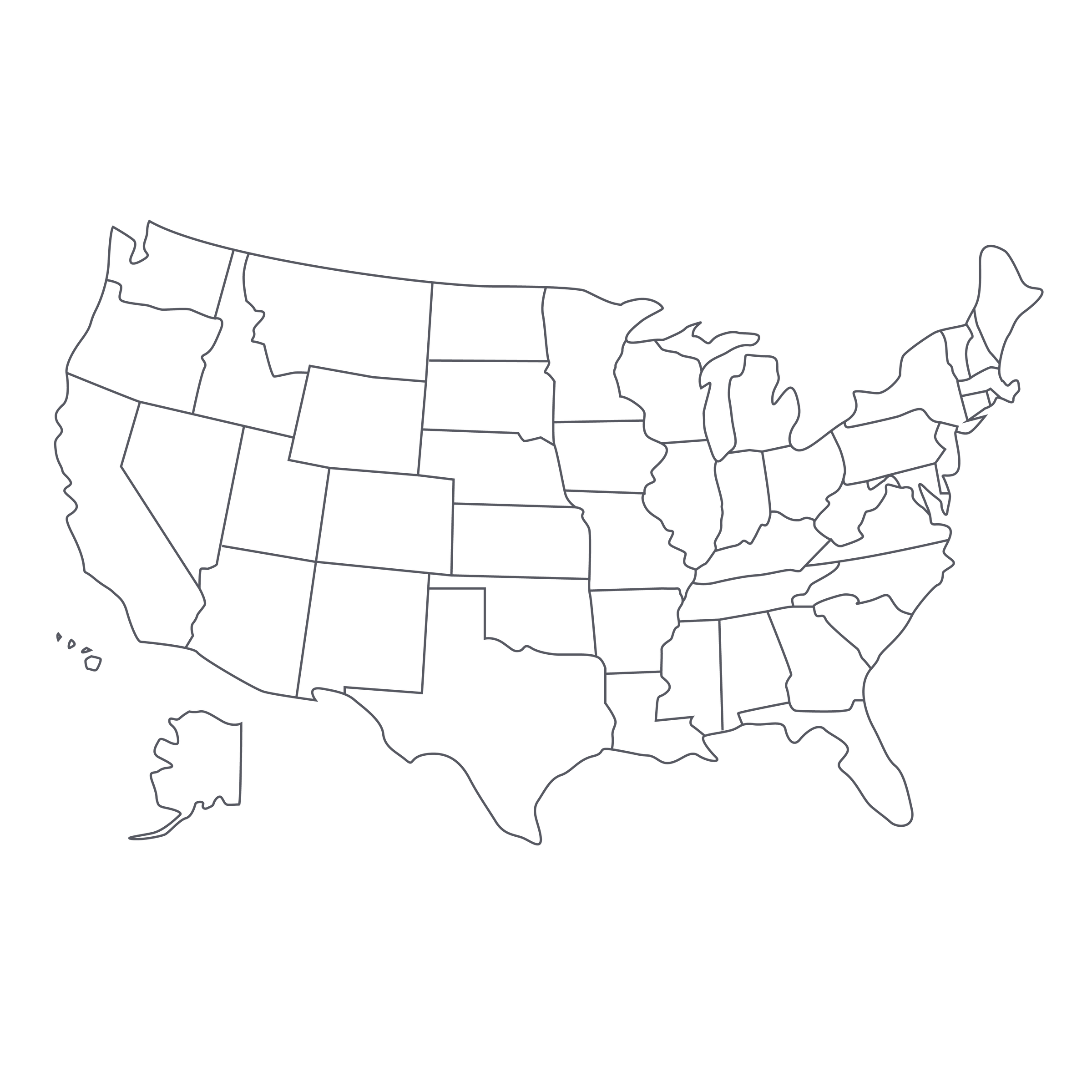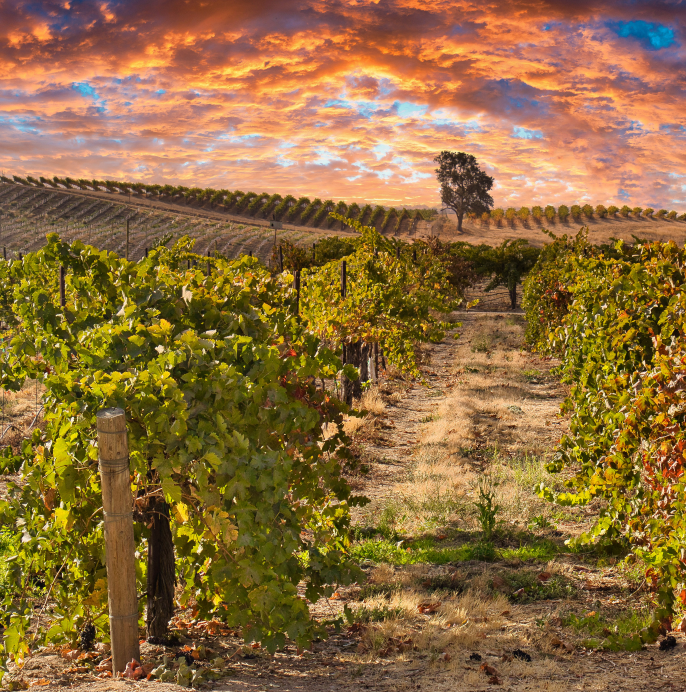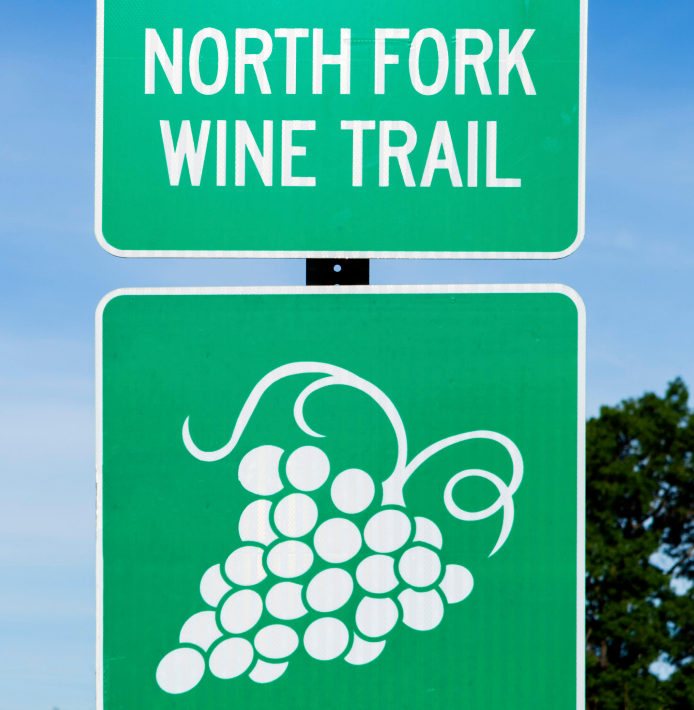Although Pilcrow’s “Pym Rae Vineyard” Cabernet sold out lightning quick last year, it left us with heavy hearts: We had fallen deeply for these outstanding, elegantly crafted Cabernets, and 2015 marked the final vintage from that treasured mountainside site. And yet, proprietors Sara and Jonah Beer didn’t hang their heads. Instead, they upped the ante by doing the impossible: securing fruit from the heart of Yountville’s world-famous Ghost Block vineyard.
For generations, this ancient site—among Napa’s most prominent and historically important vineyards—has been tended to by the Hoxsey family. Outside of them, not one soul had ever been allowed to purchase their fruit...until Pilcrow came along: the family granted them access to a mere four rows! Four rows of extraordinarily valuable, organic Cabernet Sauvignon that had long haunted the dreams of imploring grape buyers. After 22 months of aging in French barrels, Pilcrow has emerged with an iconic Cabernet that evokes the greatest qualities of Bordeaux and the Napa elite, and I can’t wait to see what it’ll do in 10+ years. It’s among the best classically styled Cabernets you can find, and that includes France too. I tasted this alongside one of the great Bordeaux Growths (to remain unnamed) and Pilcrow demolished it with the utmost grace. But here’s the troubling, if not already apparent, news: You can only craft so much wine from four rows of vines. Pilcrow only managed a meager 141 cases for the entire world, but that’s fine by me because it’ll make you savor every sip that much more. Enjoy this rare cellar collectible.
Sara Beer defines Ghost Block as “a unicorn mountain vineyard that is one-of-a-kind in the Napa Valley.” But Ghost Block lies on Yountville’s valley floor, so how’s this possible? It may sound like a paradox, but it’s true: this ancient site was once embedded in the peaks of the Vaca range looming above. Millions of years ago, an earth-shattering seismic event sheared off one of these mountaintops and sent it careening into the valley below, where it subsequently became a “hill” of exposed tertiary volcanic rock. Today’s vines straddle this very terroir. There’s a reason the Hoxsey family cherishes this vineyard so much!
The vineyard, however, didn’t get its name millions of years ago, although its origins are ancient—for the Napa Valley, that is. “Ghost Block” takes its name after Napa pioneer, George Yount, who has long been buried in a nearby cemetery. For the uninitiated, George was the very first to plant vines in the valley back in 1836. Today’s vineyard was planted by the Hoxsey family in 1903, and, as legend has it, is said to be “looked after” by the man who birthed one of the world’s most renowned wine regions. Remember: After 116 years, no one other than the Hoxseys and the Pilcrow team has had their hands on this precious fruit. Four rows of vines don’t seem so inadequate anymore, does it?
Pilcrow’s organically farmed Cabernet Sauvignon in 2016 was picked earlier than normal for the “Ghost Block” vineyard. After a long fermentation, the resulting wine then aged 22 months in French oak (25% new). It was bottled unfined and unfiltered—an absolute necessity for this classic style. It then rested an additional six months in bottle before release. The wine displays a deep black-purple core that flashes with vibrant ruby hues. After a one-hour decant, the purest notes of cassis, black raspberry liqueur, tobacco and bay leaf, crushed cloves, lavender, dewy rose petal, black licorice, and cigar wrapper unfold in the gentlest of waves. Long after you set down your glass, dark fruits, savory earth, and finely crushed volcanic minerals linger on the back palate. Powerfully brooding layers make this a full-bodied Cabernet and yet it comes in at an attractive 13.4% ABV. It’s this masterful balance of richness and elegance that the best of Bordeaux and old-school Napa Cabernet have achieved. Pilcrow’s “Ghost Block” is bottled elegance, delivering profound depth and complexity that will take it well into 2030 and beyond. Briefly decant 30-60 minutes and serve in Bordeaux stems around 60 degrees alongside a great steak dinner. Enjoy this master class expression of a storied terroir!






